The highlight of the year, the Wibi Soerjadi concert 2024
Live photography has its challenges, but I love it
Every year has its ups and downs. But for us both as a family and as photographers there is one highlight that stands out.
The Christmas concert in Het Koninklijk Concertgebouw Amsterdam with Wibi Soerjadi. The Wibi Soerjadi concert in 2024 was his 30th anniversary.
Wibi and I met many years ago without any connection to photography. Still, we talked about it, and before I knew it, I was shooting my first real international celebrity. I can already tell you I was incredibly nervous, but Wibi was absolutely nothing like I imagined. He was very creative and knew what he wanted, but he was 100% open to the photographer’s opinion.
Wibi Soerjadi Concert, 30th anniversary
At the end of the year just after Christmas Wibi ends the year with an always sold-out concert in one of the best-sounding concert halls in the Netherlands, Het Koninklijk Concertgebouw Amsterdam. When he asked me to shoot some images I started from the balcony with a long lens. I was sitting in the family part so we had a great view. But the images… well were basic. So we started talking about how we could get something more interesting. The problem is that with most concerts and especially classical concerts, it’s not allowed to shoot for a longer period. And of course, I also had to abide by that rule. So the next year I did get some better images but at that point, I think also Wibi started to have fun with the whole shooting of the Christmas concert so we started to joke around how to make it even better.

Wibi after the awesome Queen transcription at the 2011 concert
Better locations and more spectacular every year
I said “Well maybe when I lie under the piano” to which he replied (If I remember correctly) “Yeah, we’re going to do that”.
Well, in all honesty, I’m a pretty shy guy, and that idea I did not want to execute, but at that point, we did decide to take it one step further—shoot from the stage.
I was incredibly nervous, first of all with this chance but also with all the challenges you get when shooting under those conditions. But it went great… but we wanted more.
Over the years, the Christmas concert grew into something that overshadowed everything I ever saw from a solo artist.
I think it’s a shame he never played with the Concertgebouw Orchestra, I think they would sell out for a long period.
Last year’s concert
Last year I shot some of my best live work ever. But this year Wibi decided to up the ante and really push the limits (wait till next year).
The problem with a lot of different lighting setups is that I have to choose my spots very carefully.
Although I’m an all-access area photographer and am allowed to shoot from every location during the show I still have my responsibility to the visitors who paid for the tickets and don’t want to be disturbed.
Wibi Soerjadi Christmas Concert 2024
For me, this meant this year I started on the podium at approximately 1-2 meters away from Wibi.
Right after the break I ran to the balcony and shot the second part of the concert from there for more oversight shots. The lighting on the stage is totally different from the other side. After the last notes, I had to run through the building to end up right in front of the stage for the final encores. This is one of my favorite locations to shoot due to the extreme angle which gives it almost a rock concert look. It’s not a series you can use for everything but it does complete the concert for me.
The gear
Today I show you a very small selection of the images I shot.
Thanks to the dynamic range of the modern cameras (A7RV) and low noise (or Topaz/Lightroom Denoise) the quality of the full resolutions are absolutely breath taking.
For the wide angles, I used the A7rIII with a Sigma 12-24
For the other shots the Sony A7RV with the Sony 24-70 F2.8
I hope for the end of the year you have some time to enjoy the images.
And for 2025 we wish you all the best and hope that 2025 will be a much better year than 2024.
CLICK ON THE IMAGES TO START THE GALLERY
And see them in the correct aspect ratio
last year I also made a short BTS video






















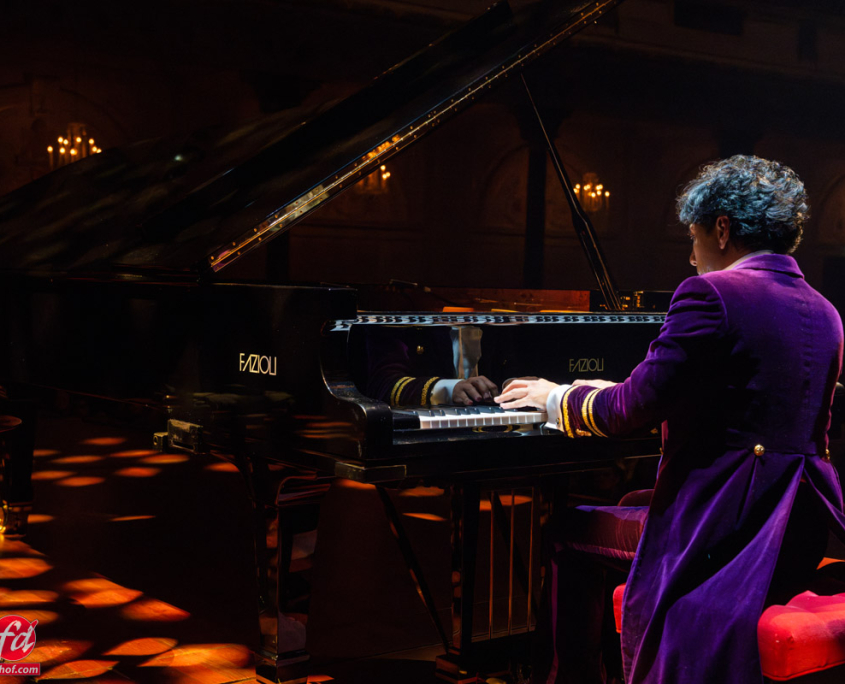















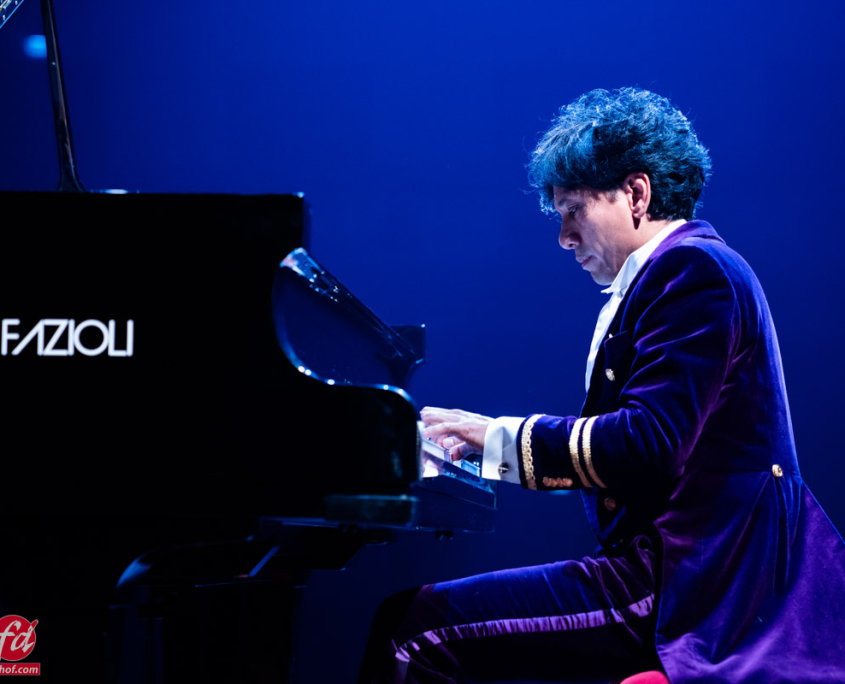





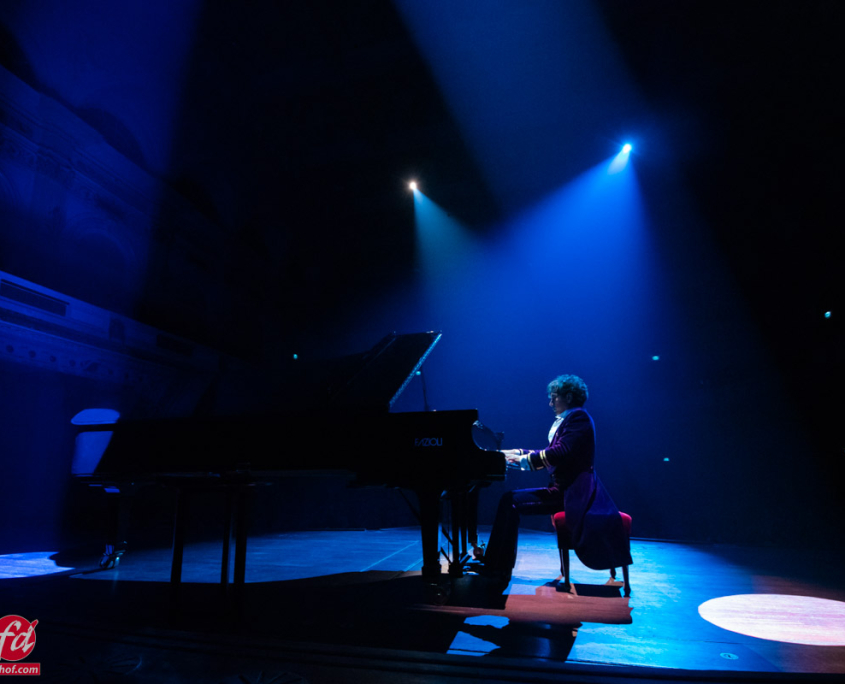






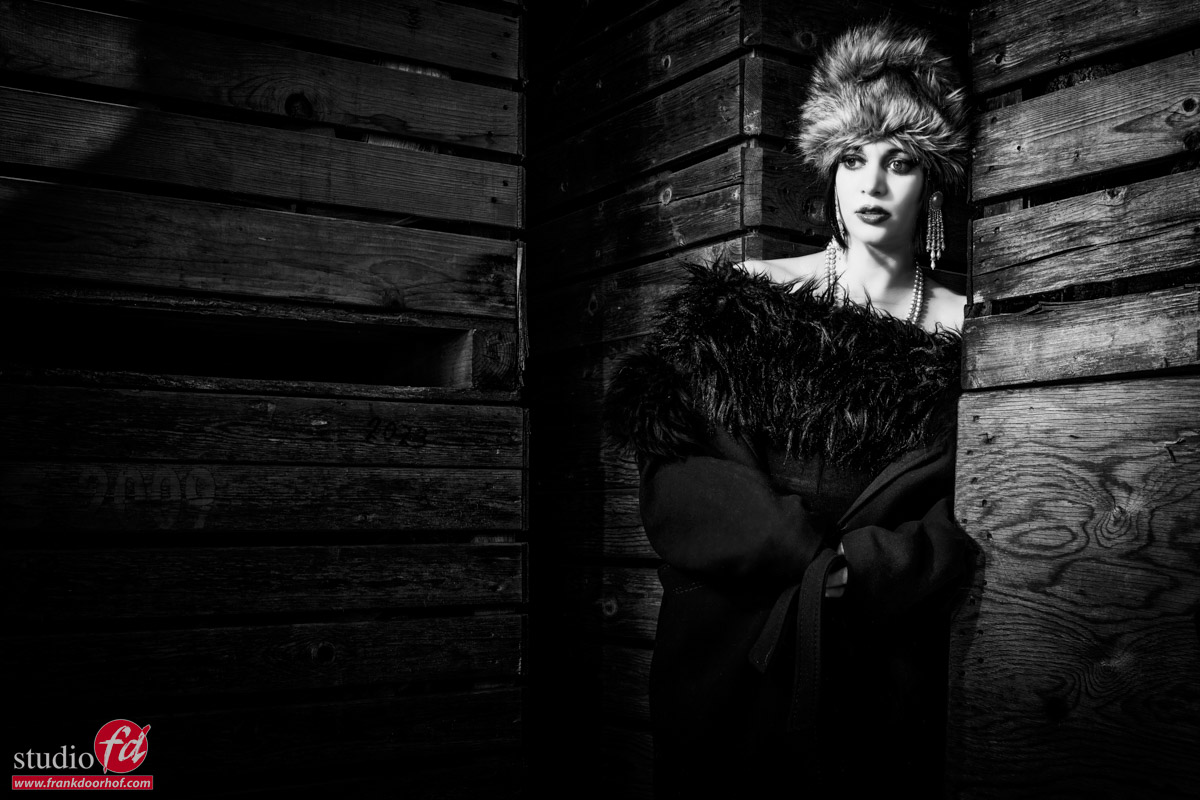

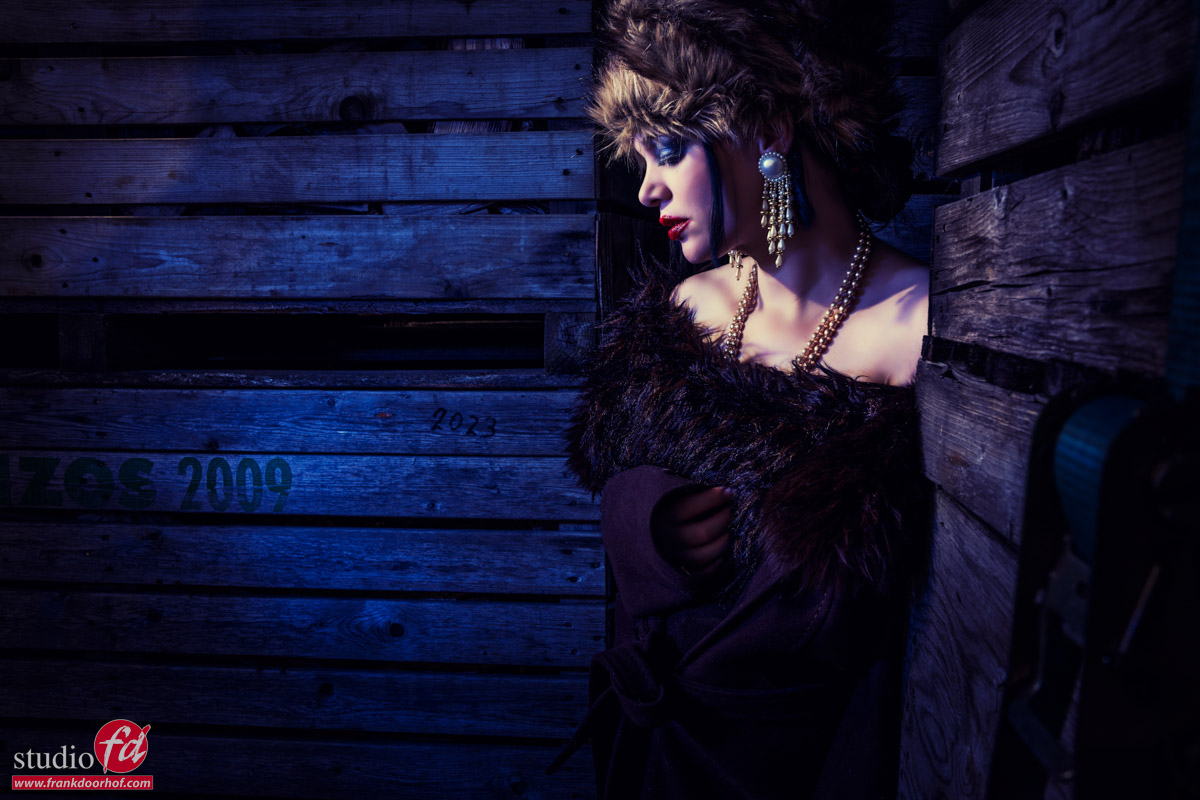

You must be logged in to post a comment.